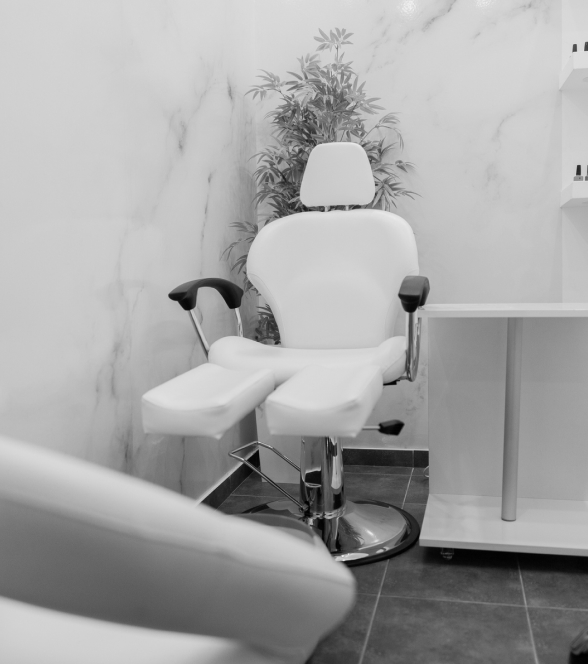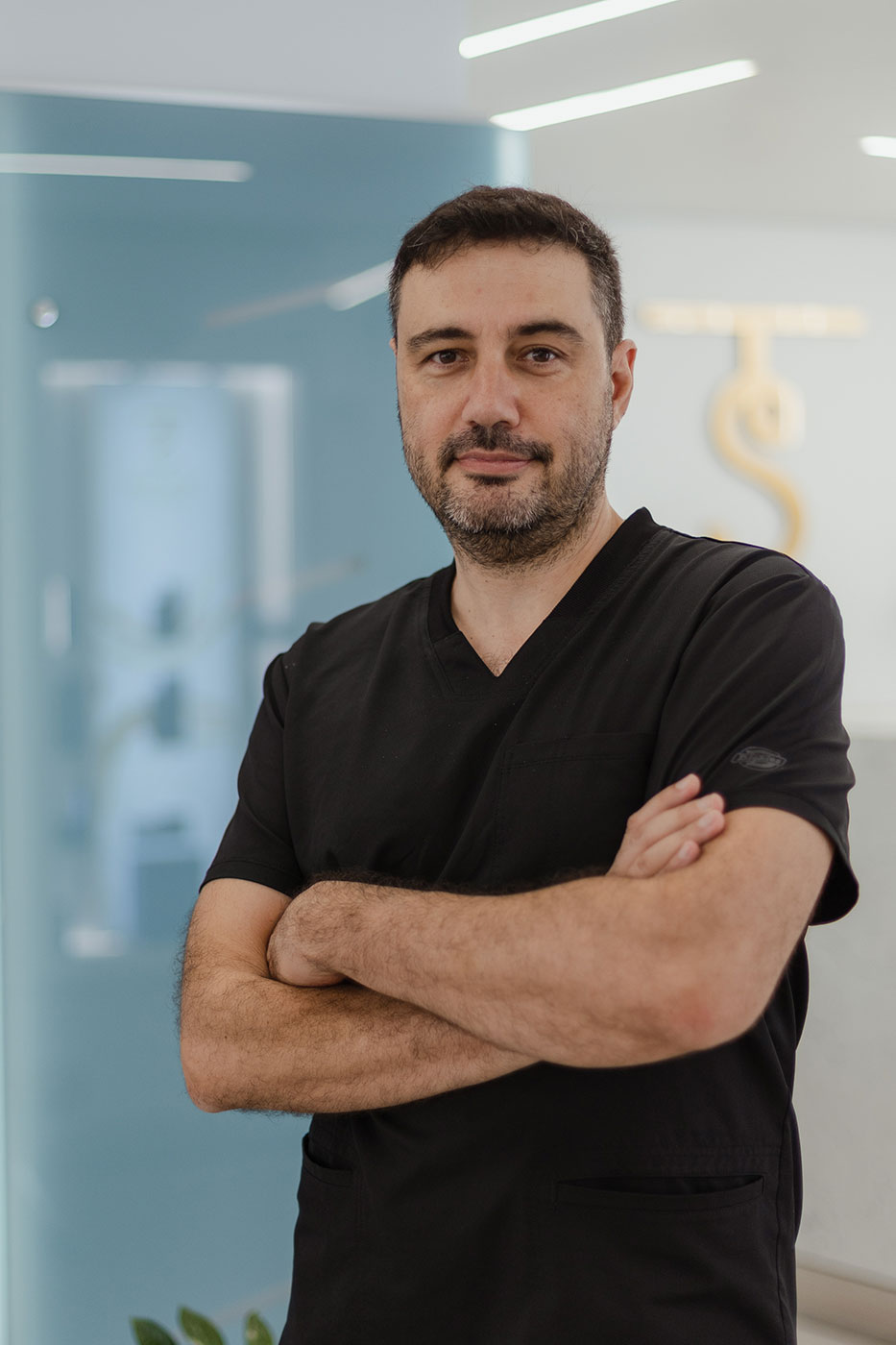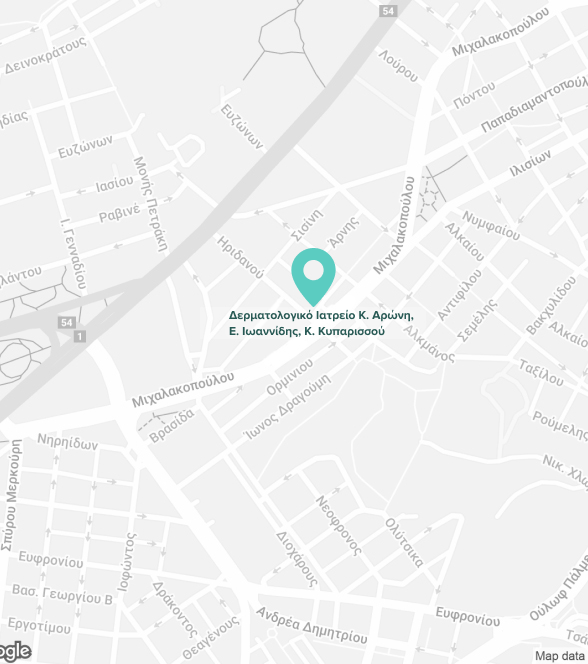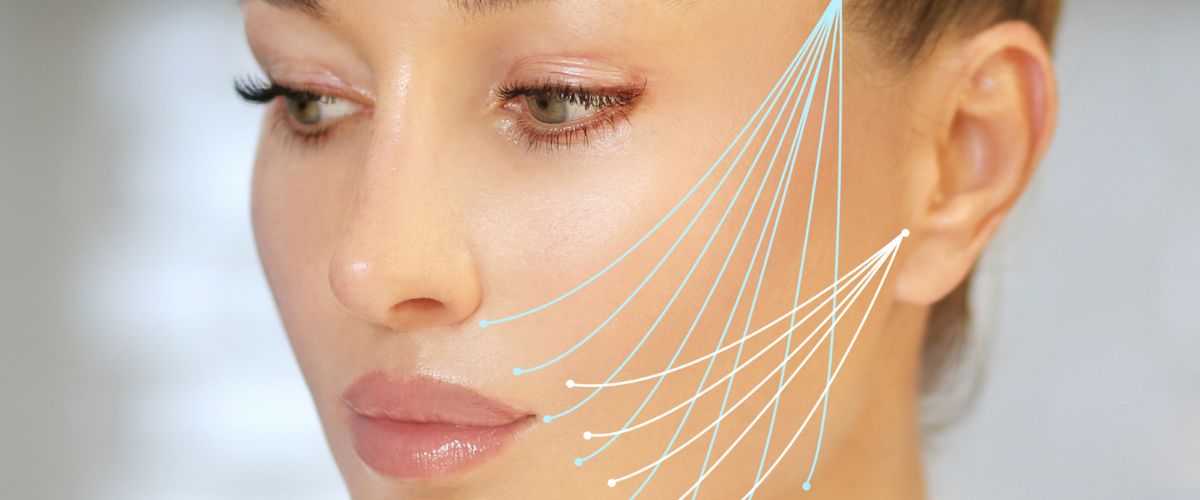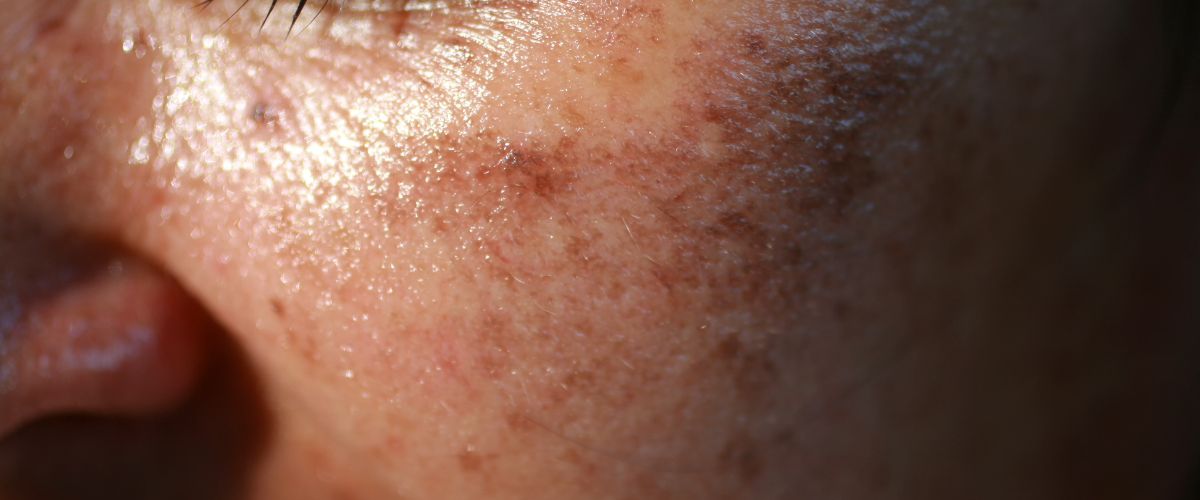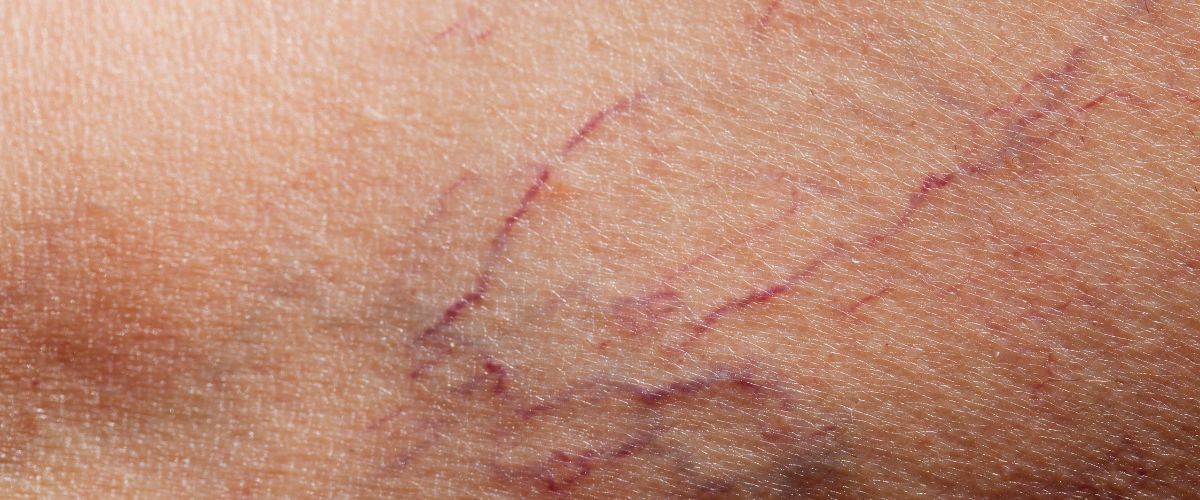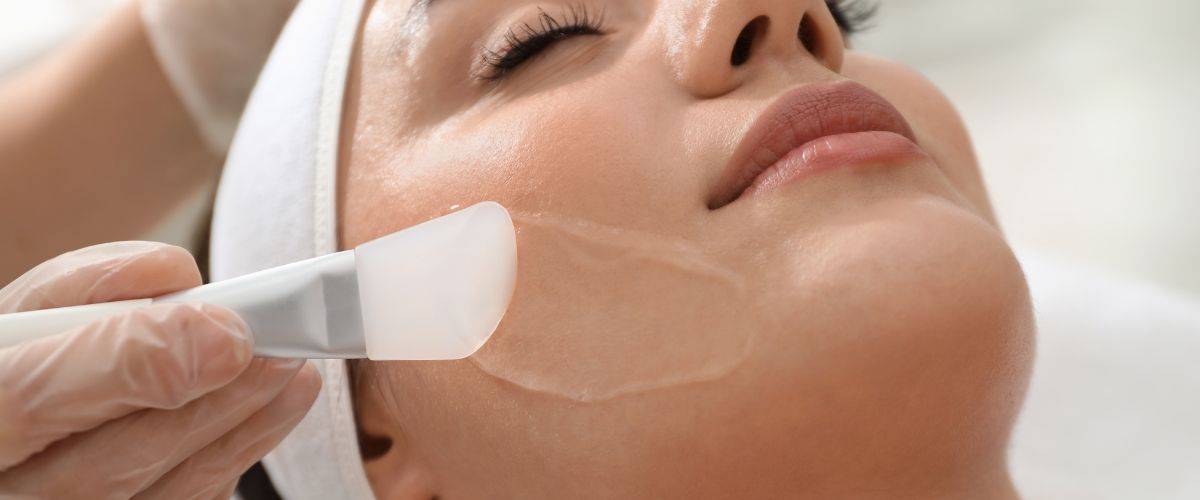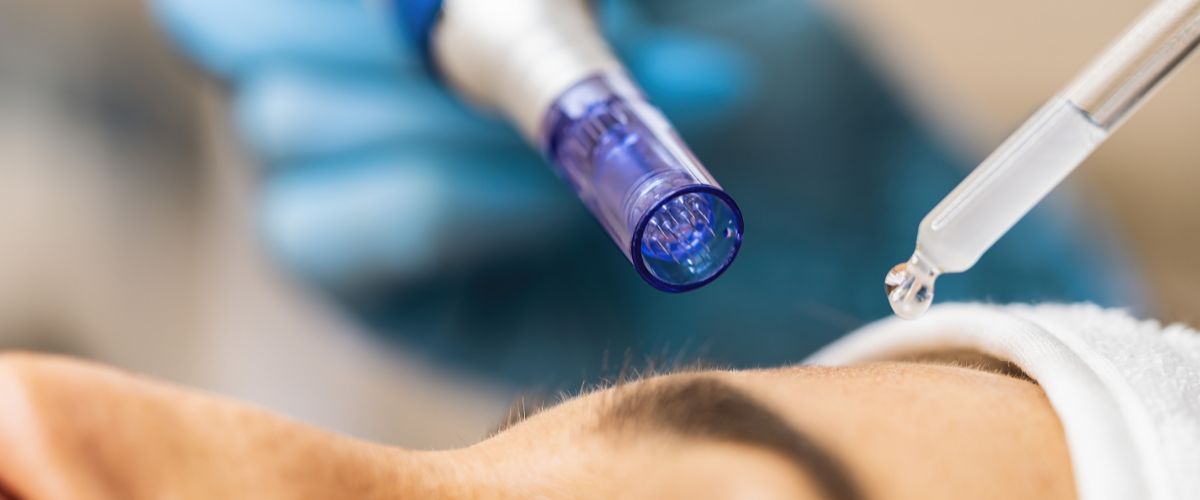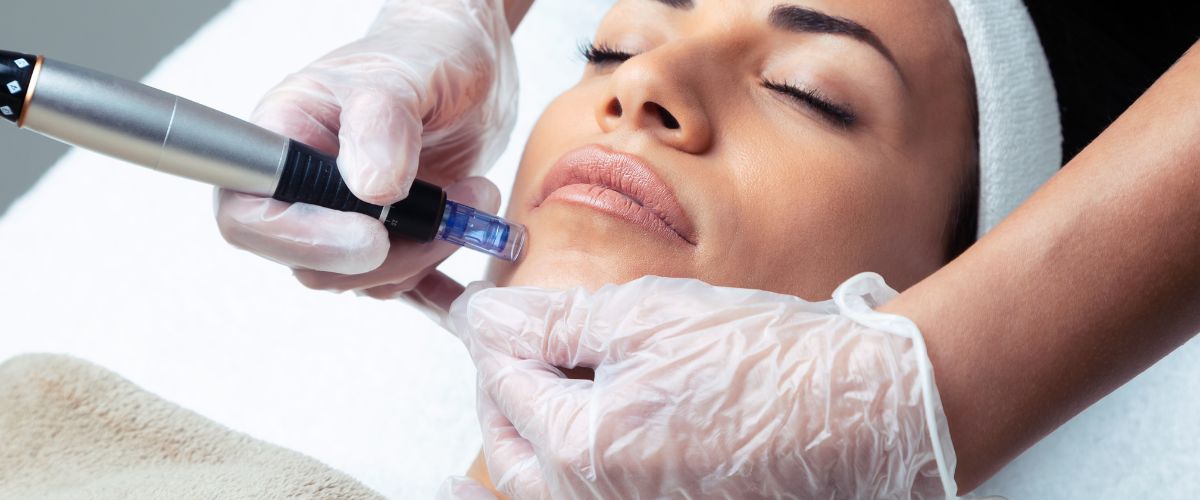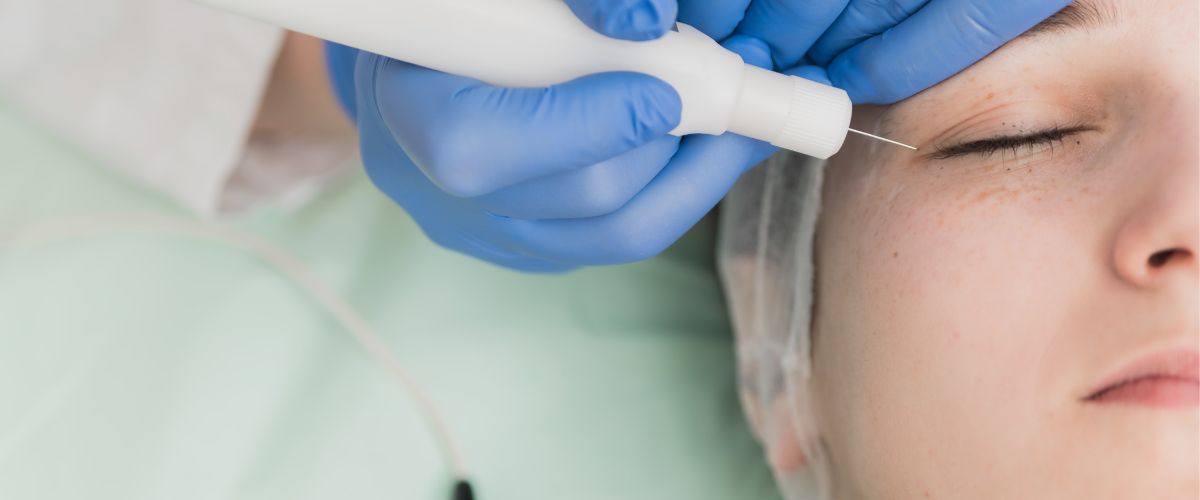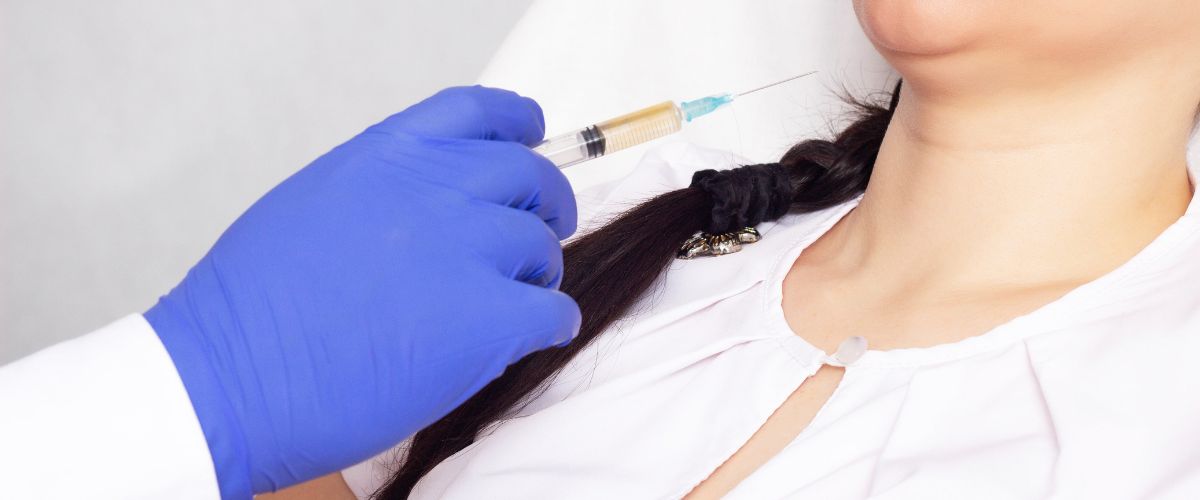Application of threads on the face and body
The application of threads in Aesthetic Dermatology has revolutionized our ability to address "sagging" in the jawline, laxity in the contours, and sagging in the neck with a non-invasive treatment using the thread-lift technique. Threads can also be used not only on the face but also all over the body to achieve skin tightening and stimulate skin regeneration and collagen production without irritating the skin's surface. The assistance of an experienced Dermatologist who also knows all other possible combined and non-combined therapies is invaluable.
The threads used are divided into absorbable and non-absorbable. In our clinic, we only use absorbable threads. These threads hydrolyze and disappear into our skin after many months.
Then the threads can be divided into absorbable lifting threads, which have barbs (cogs, cones) and can have immediate impressive results by holding and moving tissues to a higher position, and smaller absorbable threads that are placed to form a mesh or otherwise a kind of scaffold, to provide support to the area and promote long-term collagen production and tightening.
Lifting Threads
The thread-lift technique requires considerable experience and skill in placing the threads. In our clinic, we apply it with local anesthesia to make it as painless as possible. When we use threads with cannulas, we perform extensive local anesthesia in the entire area. Their placement is done in carefully selected points with such direction and manner as to lift the tissues that have sagged due to relaxation. Until recently, surgical lifting would be the only option we could offer for this problem, and of course, that remains the gold standard, while the non-invasive methods we describe have less effect for a shorter period, but they involve much less inconvenience without incisions and detachments.
In our clinic, we use PCL (polycaprolactone), poly-lactic acid (PLLA), mixtures of the two (PCLA), and polydioxanone (PDO) threads. The application requires a very good knowledge of the properties of each material of the threads, the correct selection of their thickness, the number, and the position they will be placed, and many times in the end, we choose to tie them together in a knot to have an additional point of support. Long-term, around each thread, the body produces new collagen, leading to skin regeneration and long-term tightening.
Overall, the application takes about 30 minutes and is quite painless due to local anesthesia. Over the next 3 days, you will feel the threads "pulling," and we recommend taking paracetamol regularly for this discomfort. Rarely does discomfort last more than 3 days. It is good to avoid dental work for 1 month afterward and movements that will stretch the threads before they even "tie" with the suspended tissues through their encasement by new collagen.
Sometimes, small folds are also created at points of the skin due to the suspension and movement of tissues. These folds smooth out and disappear in the following days. However, the fact that there is some downtime should be explained before the intervention, as not everyone is able to tolerate these inconveniences.
Depending on the selected material, the thickness of the threads, their number, as well as factors such as how "heavy" the face we want to lift is, the lifting lasts about 1 year, while the subsequent tightening from the production of new collagen lasts 2 years. Usually, we can repeat the application if we do not choose another method from our arsenal in 1.5 to 2 years.
Small Tightening Threads
In this case, the threads (PDO, PCLA, PLLA) are placed with topical anesthesia cream but also with the help of local anesthesia in the subcutaneous tissue, more superficially than the lifting threads. To achieve a noticeable result, the area must be saturated with enough threads placed in a mesh form. Around each thread, the body reacts and produces new collagen. Essentially, we activate the healing processes of our own body. Many times, bruises are formed at the point that will be absorbed. Desired results can be achieved in one session, although it is often better to do 2-3 in total. As collagen production begins about a month after application, we evaluate the final result at 2 to 3 months. Under conditions, the result from neo-collagenesis is long-lasting.
Conclusion
Although we have been applying lifting and tightening threads for years and have tried various materials and techniques, it must be understood that it is not a suitable treatment for all faces and all patients. The application of toxins and hyaluronic acid are two much easier and faster solutions for facial rejuvenation without downtime. However, we cannot achieve the results of threads with these methods. Also, with the application of laser, RF, and needle RF, we can achieve some skin tightening and improvement in tone and texture, but not lifting. It is, therefore, necessary to assess and explain up close to each interested party the benefits as well as the difficulties of this treatment before proceeding.

